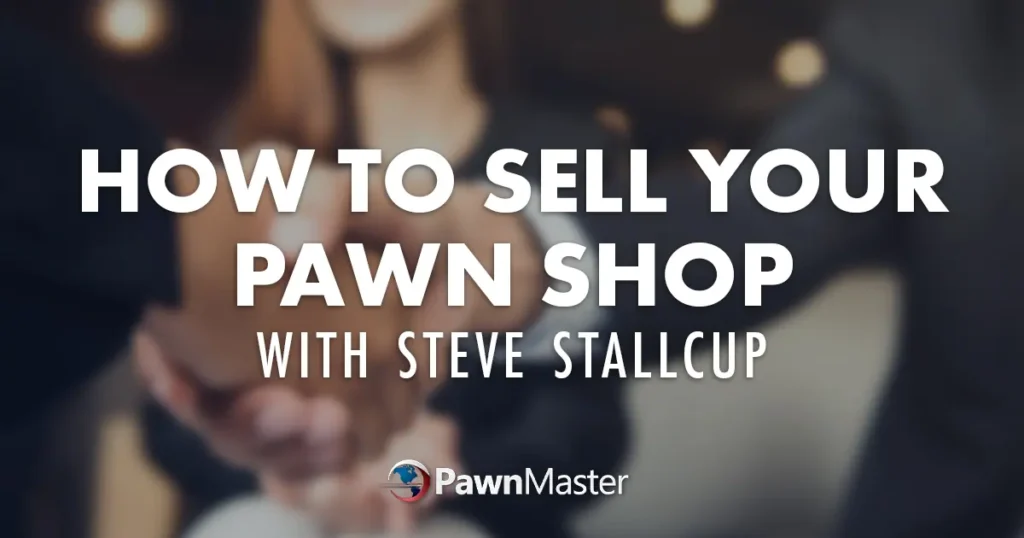
Selling a pawn shop can be a lucrative opportunity to capitalize on years of hard work and build equity. However, it’s crucial to approach the process strategically to ensure you attract qualified buyers and secure the best possible return on your investment. This article will guide you through each step involved in selling your pawn shop, from initial valuation to finalizing the sale agreement.
This comprehensive guide will cover essential aspects like accurately assessing your inventory value, preparing compelling financial statements, effectively marketing your business, attracting potential buyers, negotiating favorable terms, and ensuring a smooth transaction with legal counsel.
Pawn Shop Valuation
A thorough valuation of your pawn shop’s assets is paramount before listing it for sale. This involves meticulously evaluating the current market value of all inventory items, including jewelry, electronics, tools, firearms, and collectibles. Consider factors like brand name, condition, age, rarity, and demand when determining individual item values.
Inventory Categorization
Organize your inventory into distinct categories based on type and value. For instance, separate jewelry into gold, silver, platinum, diamonds, and other gemstones. Similarly, categorize electronics by brand, model, functionality, and age. This structured approach allows for a more precise valuation of each category.
Professional Appraisal Services
For high-value items or complex categories, consider engaging professional appraisers specializing in pawn shop inventory. Their expertise can provide accurate valuations based on current market trends and industry standards. Remember, an overvalued inventory can deter potential buyers, while an undervalued one could result in a lower sale price.
Financial Statements & Profitability

Potential buyers will scrutinize your pawn shop’s financial performance to assess its profitability and operational efficiency. Prepare comprehensive financial statements showcasing the business’s historical revenue, expenses, and net income over several years.
Income Statement Analysis
Highlight key revenue streams, such as loan originations, merchandise sales, and service fees. Analyze expense categories like inventory costs, rent, utilities, insurance, and employee wages to demonstrate cost control measures. A well-presented income statement reveals the shop’s profitability trends and potential for future growth.
Balance Sheet & Cash Flow Statement
Include a balance sheet outlining your assets (inventory, equipment, cash), liabilities (loans, accounts payable), and equity. Supplement this with a cash flow statement demonstrating the inflow and outflow of cash over time. These statements provide a holistic view of your pawn shop’s financial health and stability.
Marketing Your Pawn Shop
Effective marketing is crucial to attract potential buyers and generate interest in your pawn shop. Utilize both online and offline channels to reach a wider audience and showcase your business’s strengths.
Online Platforms & Listings
List your pawn shop for sale on reputable online platforms like BizBuySell, LoopNet, and industry-specific websites. Craft compelling listings with detailed descriptions, high-quality photos, and accurate financial information. Utilize relevant keywords to improve search engine visibility and attract targeted buyers.
Industry Publications & Networking
Advertise your business in pawn shop trade publications and attend industry events to connect with potential buyers. Network with other pawnbrokers, lenders, and investors to generate leads and build relationships.
Attracting Potential Buyers

Once you’ve marketed your pawn shop effectively, focus on attracting qualified buyers who are genuinely interested in purchasing a business like yours.
Buyer Qualification & Screening
Establish clear criteria for potential buyers based on their financial capacity, experience, and business goals. Conduct thorough due diligence to verify their financial standing, references, and intentions. This helps ensure you’re dealing with serious and capable buyers.
Highlight Key Selling Points
Emphasize your pawn shop’s unique strengths during interactions with potential buyers. Showcase its prime location, established customer base, strong reputation, profitable history, and any specialized inventory or services offered.
Negotiation & Sale Agreement
Negotiating the sale terms and finalizing the agreement are crucial steps to ensure a successful transaction.
Term Negotiation & Legal Counsel
Engage legal counsel experienced in business transactions to guide you through the negotiation process. Clearly define key terms like purchase price, payment structure, closing date, inventory valuation, and any contingencies or warranties. Ensure all agreements are documented in a legally binding sale contract.
Due Diligence & Closing Process
Allow potential buyers sufficient time for due diligence, which involves reviewing financial records, conducting site visits, and assessing the business’s operations. Once satisfied, finalize the closing process by transferring ownership, signing legal documents, and completing any necessary regulatory filings.
Conclusion
Selling a pawn shop requires meticulous planning, strategic marketing, and careful negotiation to maximize your return on investment and ensure a smooth transaction. By following the steps outlined in this guide, you can navigate the selling process effectively and achieve a successful outcome. Remember to consult with experienced professionals like appraisers, accountants, and legal counsel throughout the journey for expert guidance and support.
